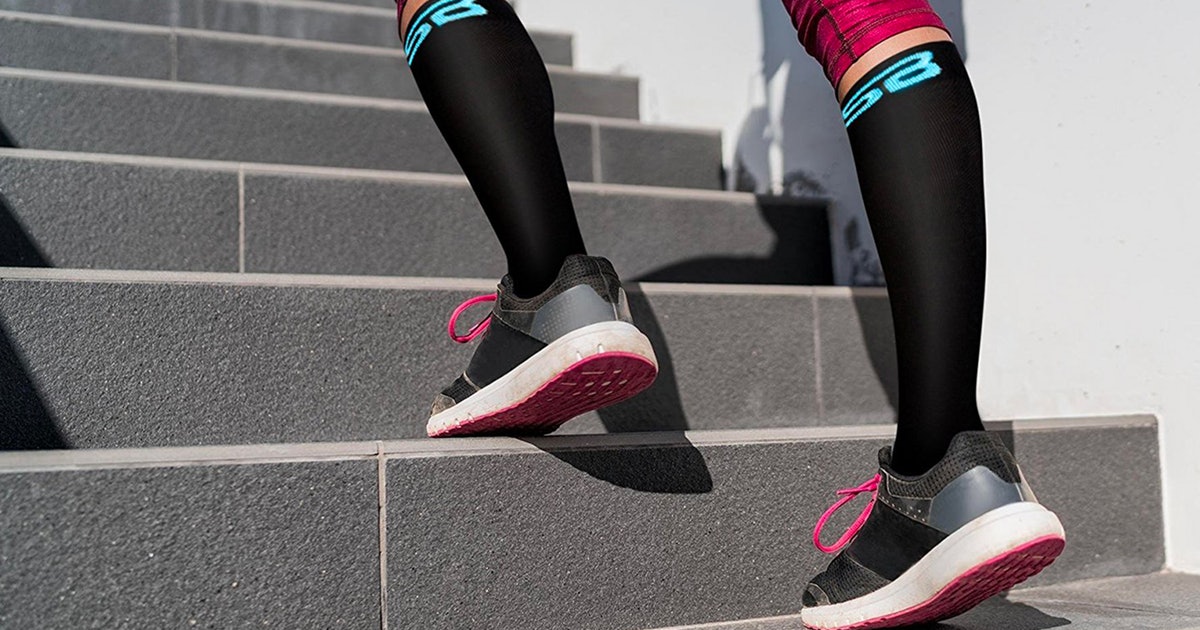Methods For Treating Swelling
For many individuals, it's common to look at their feet and ankles and not recognize them. They might realize they're swollen, which is warping their appearance. There are many different causes of swelling. Some are signs of a medical condition, but harmless environmental factors often cause swollen feet and ankles. If an individual spends their day on their feet working retail or in a factory, they might find that not only do their feet start to smell, but swell as well. Individuals might also have swelling after surgery or if they have traveled a long distance on foot. Pregnant women will almost inevitably need to deal with swelling. Fortunately, there are a number of ways to reduce the soreness and appearance of swelling.
Wear Compression Socks

One of the simplest things patients can do in regards to treating swelling in the legs is to wear compression socks, which are used by all kinds of people. If someone is at risk for problems with your circulation, compression socks may help. They also help patients who are bedridden, have a hard time with leg movement, or have just gotten surgery. If an individual stands for the entire day at work, or is pregnant, compression socks might help with swelling. They may also help individuals who spend a lot of time flying. These stockings are specially engineered, stretchy, and snugly fitting socks that provide the leg with a gentle squeeze. If you get a pair of graduated compression socks, they'll be tight around the ankle and slowly become looser further up the leg. They can be bought over the counter, and sometimes doctors will recommend them for chronic medical conditions or following surgery. When this is the case, patients can often be reimbursed for the cost by your insurance companies. Other common places to buy compression socks are online and medical supply stores.
Elevate The Legs

Another simple fix is to elevate the legs, which is something individuals can do along with compression socks. Try propping legs up on a footstool or a pile of pillows. When in bed, individuals should set their feet on a small stack of pillows to keep them elevated. Many studies show individuals can improve their circulation and the overall health of their veins by elevating their legs, even if they don't have a regular exercise routine. When a patient elevates their legs, they can also help prevent deep vein thrombosis, which is a common and dangerous blood clot. If an individual can't sit back and elevate their legs, it helps to raise their calves in place. Doing so stimulates muscular activity, which then causes venous blood to be pumped through the circulatory system.
